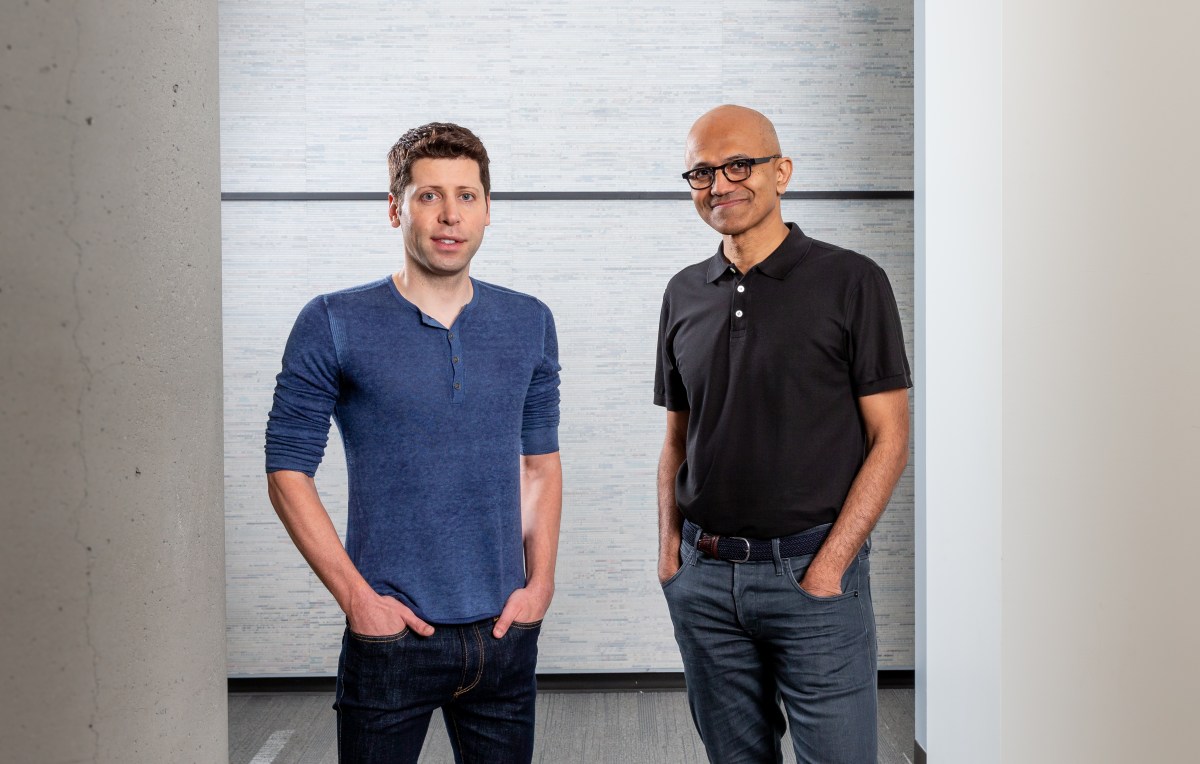AI’s Growing Power Crunch: Altman and Nadella Warn of Uncertain Energy Needs

Key Points
- Altman and Nadella say AI’s power needs are uncertain and could outpace supply.
- The primary bottleneck is electricity, not a shortage of GPUs or chips.
- Data‑center demand for power has risen faster than utilities’ new capacity plans.
- Behind‑the‑meter power arrangements are being used to feed data centers directly.
- Solar offers a fast‑deploy, low‑cost energy option, leveraging modular silicon technology.
- Emerging nuclear and fusion projects are not yet ready for large‑scale use.
- Fossil‑fuel plants take years to build, creating a timing mismatch with AI hardware orders.
- Altman warns that cheaper future energy could render existing contracts problematic.
- Jevons paradox suggests that greater compute efficiency may drive even higher overall demand.
OpenAI CEO Sam Altman and Microsoft CEO Satya Nadella say the AI industry faces a looming power shortage as demand for compute outpaces the ability to secure electricity for data centers. Both leaders note that the challenge is not a lack of chips but a shortage of ready‑to‑use power infrastructure, leading to the risk of idle hardware. They point to the rapid rise in data‑center electricity use, the limits of traditional fossil‑fuel plants, and the growing reliance on modular solar solutions, while also acknowledging the uncertain future of emerging nuclear and fusion projects.
Power Demand Outpaces Supply
Sam Altman and Satya Nadella agree that no one knows exactly how much electricity AI will ultimately need. Their uncertainty has placed software‑first companies like OpenAI and Microsoft in a bind. While the tech world has long focused on the availability of GPUs, both CEOs stress that the current bottleneck is electricity, not silicon. Nadella described the situation as a “power” issue, noting that the biggest problem today is not a compute glut but the lack of warm shells—buildings ready for immediate data‑center deployment—where new chips could be installed.
Data Centers and Energy Constraints
Over the past five years, demand for electricity from data centers has begun to rise faster than utilities’ plans for new generating capacity. This shift has prompted developers to add power through behind‑the‑meter arrangements, feeding electricity directly to the data‑center and bypassing the grid. The result is a growing tension between the speed at which AI hardware can be ordered and the slower timeline required to build or secure new power sources.
Industry Leaders’ Concerns
Both Altman and Nadella warn that if a very cheap form of energy were to appear at mass scale, many companies could be “extremely burned” with existing contracts. Altman, who has invested in nuclear ventures such as Oklo and Helion, as well as the solar startup Exowatt, acknowledges that these emerging technologies are not yet ready for wide‑scale deployment. Meanwhile, fossil‑fuel‑based power plants, such as natural‑gas turbines, take years to construct, and orders placed today may not be fulfilled until the later part of the decade.
Solar and Modular Solutions
Solar power has become a rapid‑deployment option for tech firms because it is inexpensive, emissions‑free, and can be rolled out quickly. Both solar and semiconductor manufacturing share a modular, silicon‑based approach, allowing components to be produced on assembly lines and combined into larger arrays. This modularity brings the pace of solar construction closer to that of data‑center builds, though both still require time to complete.
Future Uncertainties and Jevons Paradox
Altman cautions that if AI becomes more efficient or demand does not grow as expected, companies could be left with idle power plants. However, he also references Jevons paradox, suggesting that greater efficiency often leads to higher overall consumption. He illustrated this with a hypothetical where the cost of compute per unit of intelligence falls by a factor of 100, predicting usage would increase by far more than that factor.
Balancing Risks and Opportunities
The leaders’ dialogue underscores a critical balancing act: securing enough power to meet soaring AI compute needs while avoiding over‑investment in infrastructure that could sit idle. As the industry watches emerging energy technologies mature, the immediate focus remains on bridging the gap between rapid hardware acquisition and the slower rollout of reliable, scalable electricity sources.